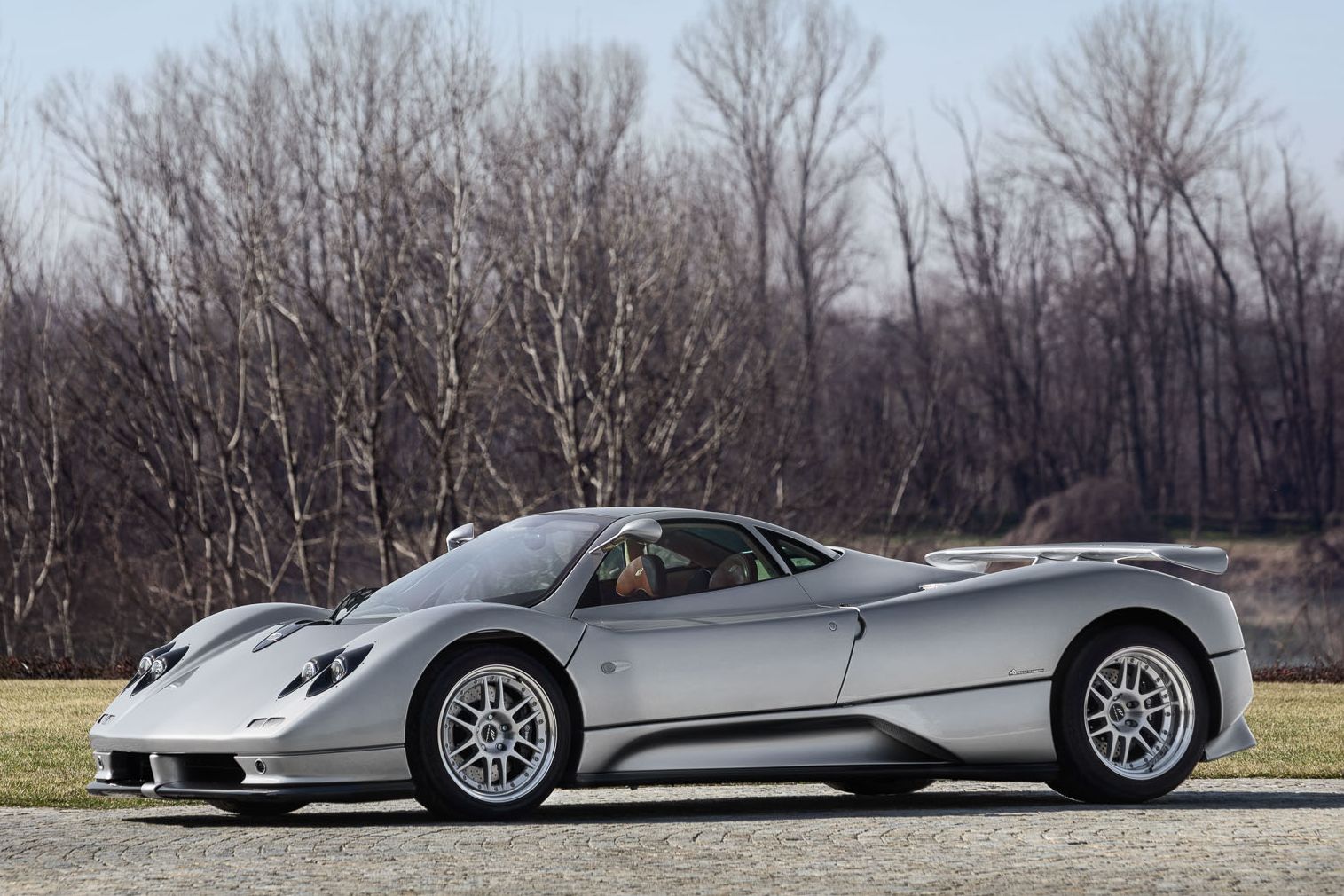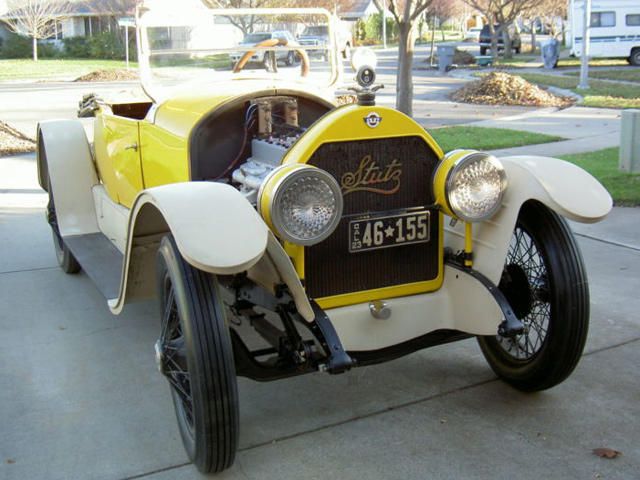
Although classics like the Ford Model T normally dominate the image of what a really old car looks like, there were still plenty of motorsport fans back in the day. In fact, the 1930s were a very dangerous time to be involved in racing as both a driver and spectator. Simply put, many people didn't live to see many races completed. But still, car racing was as thrilling then as it is today, perhaps even more so, and the Stutz Motor Company was very much a part of it all back then.
Founded way back in 1911, the company was immediately involved in racing, entering a car in the Indianapolis 500 where it ended up placing 11th. By the following year, the company began producing the Bearcat, a high-performance speedster that was powered by a multi-valve engine, one of the earliest of its kind. Later in the decade, Stutz cars proved to be racing contenders. In 1927, a Stutz set a world speed record, averaging a then-remarkable 68 mph and the following year another car finished second at the 24 Hours of Le Mans. Other race victories followed, including at Daytona, but Stutz was never a successful money-maker.
It was not like, say, the Ford Motor Company, because it wasn't building cars for the masses but rather for speed fans. Despite the solid and very modern technology being developed by Stutz, such as improvements in safety and handling, the cars were only attainable for the wealthy. For anyone who knows their US history, the Great Depression was just about to strike, and the results weren't pretty. Not even the rich were immune to that event's devastating effects. By 1935, production of all Stutz cars ended entirely. All told, 35,000 cars were built at the company's Indianapolis factory.
In the late Sixties, however, former Chrysler and Studebaker designer Virgil Exner attempted to revive the company. The cars were once again popular within wealthy circles, especially celebrities, but production ended in 1995. However, original Stutz cars are still around today and are quite valuable. This particular 1923 Speedway Roadster is currently up for sale on eBay Motors and is powered by that revolutionary T-head 361 cu. in. four-cylinder engine with a total of 88 horsepower. Just to give you an idea as to how impressive this engine was, a Cadillac V8 of the same era produced 80 hp and a Packard eight-cylinder had an output of 85 hp.
All told, the Stutz Bearcat Roadster could go nearly 80 mph. The Speedway was similar to the Bearcat, with the most significant changes on the latter being a round luggage trunk, two spare wheels mounted on the rear, a cowl ventilator, wind wings and a front bumper. The Speedway has sleeker lines and is less encumbered by those extra accessories. And like the Bearcat, the Speedway is rare. Other features include a three-speed transaxle, nickel plating on the headlight rims, emblems, tail light rim, windshield posts, hood latches and the tool and battery boxes.
The car has already been partially restored but has yet to be completed. Its current owner has done a decent amount of work so far but will include a complete list of what else needs to be done. As of this writing, the latest bid was $32,588 but the reserve hasn't been met yet. This is really a rare and great American classic and despite the investment involved to complete the restoration, the final result will very much be worth every penny.

